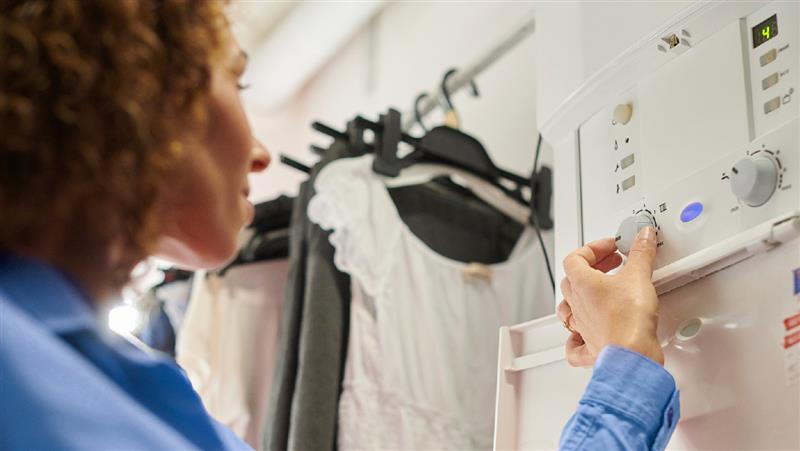They say our homes are our castles, but falling behind on basic repairs could cost a king's ransom. By keeping on top of home maintenance tasks, you can nip potential problems in the bud and ensure your home is always fit for royalty.
As an added bonus, taking care of your home means that your DIY to-do list will also be easier to manage. This will allow you to spread the cost of any repairs and help avoid the need for expensive emergency call-outs.
Keeping your home in tip top condition could also help keep your home insurance premiums at a reasonable price in the future.
Make a list of jobs to do
Doing regular checks can help you spot potential problems before they get out of hand. As you work your way around your property, make a list of quick fixes and take a basic toolkit with you If you see anything that needs extra work, you can decide if you need to call in the experts.
Start by checking outside your property
-
Look at external walls to see if there are any cracks or crumbling bricks, or if any airbricks are blocked by earth or leaves.
-
Ask a neighbour if you can look at your roof from their window to check for any missing or damaged tiles.
-
Look out for torn coverings to flat roofs, broken chimney pots or missing pointing.
-
Clear guttering of leaves and other debris and don't ignore dripping overflow pipes.
-
Look closely for splits and cracks in guttering and pipes.
-
Check windows and doors and make a note of missing mastic, putty, cement, rotting seals or flaking paint.
-
Don't forget to take photos or videos.
Stay hot on your central heating
Summer is a good time to make sure your boiler is working. Getting issues fixed early can help to reduce the need for emergency call-outs when the weather turns cold.
Here's what you can do to keep your central heating in tip-top condition:
-
Let out air from the radiators if needed and clean out any grilles.
-
Do a top-to-toe inspection of the floors and roof space and don't forget to look for signs of leaks in your loft.
-
Make sure that any timbers are free from damp and woodworm.
-
Check that pipes and tanks are fully-insulated.
Keep an eye out for damp
Patches of damp on walls or ceilings could mean there's a leak in the roof or radiators. If left untreated, this could cause long-term problems.
Here's how to check for damp in your home:
- Keep an eye out for stains above skirting boards.
- Use your nose – sometimes you can smell damp even if you can't see it.
- Spot signs of condensation such as steamed-up windows, damp patches, puddles on the window sill, peeling wallpaper, black spotty mildew and water running down walls.
B&Q offer some tips on how to identify damp and protect your home against it.
Ready to do your home maintenance checks?
Before you start, it's a good idea to check that your home and contents insurance covers you for any mishaps.




